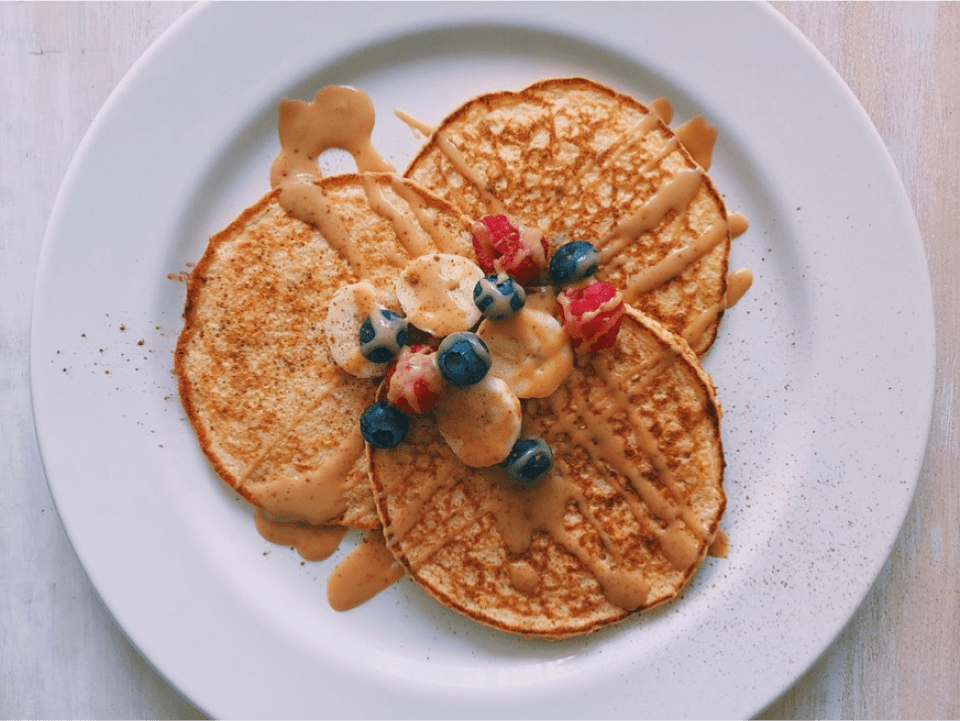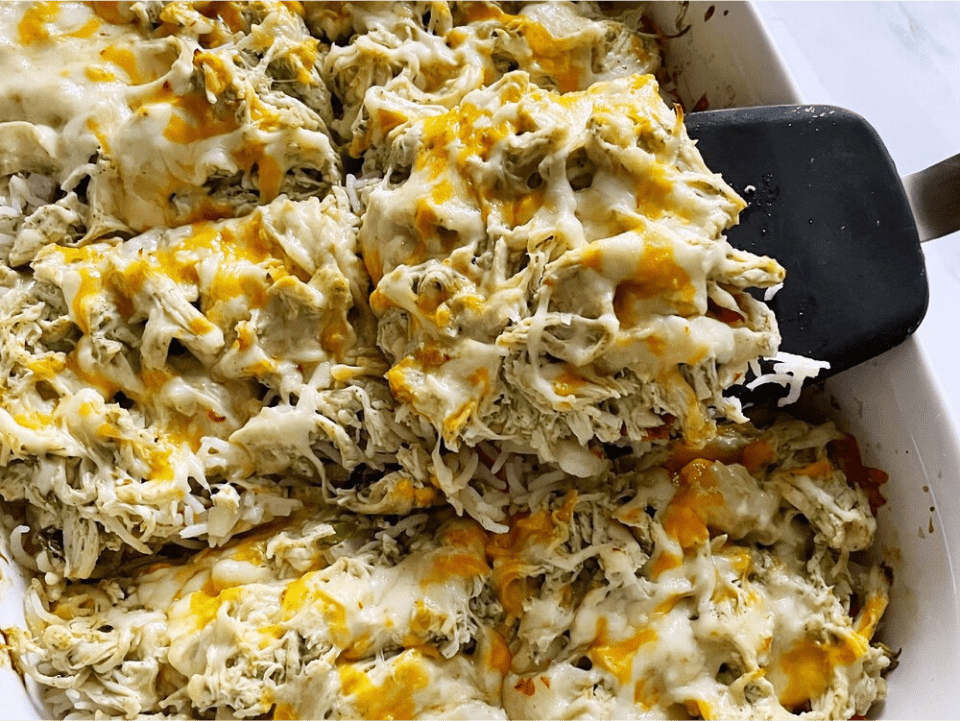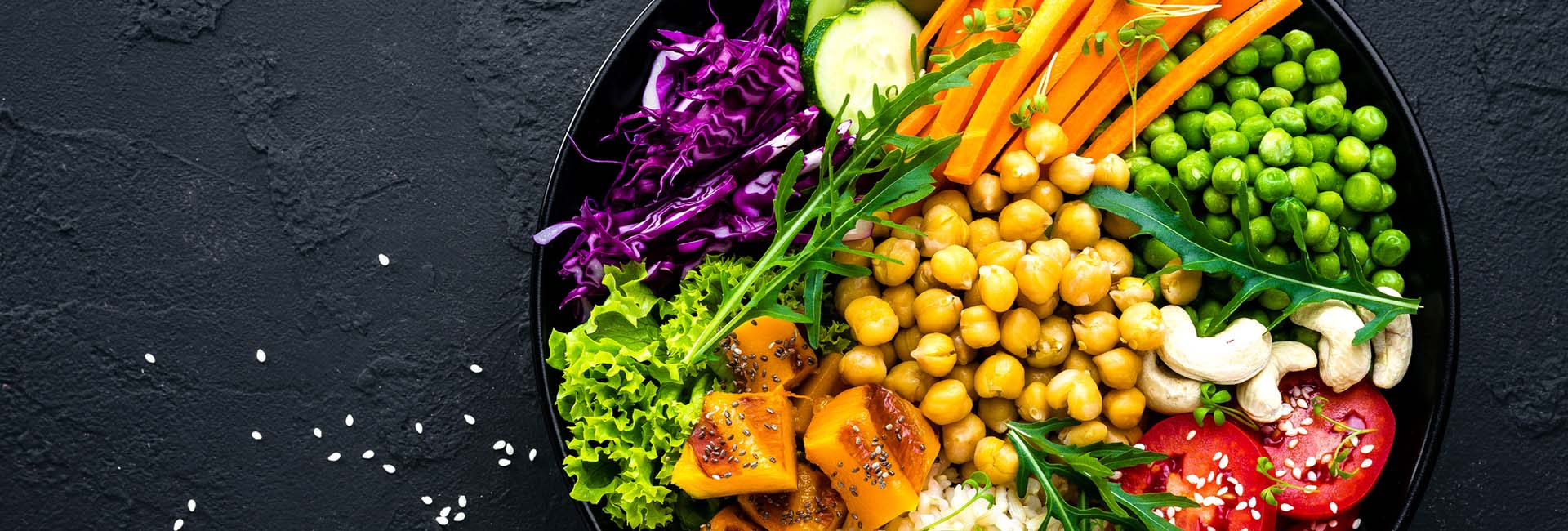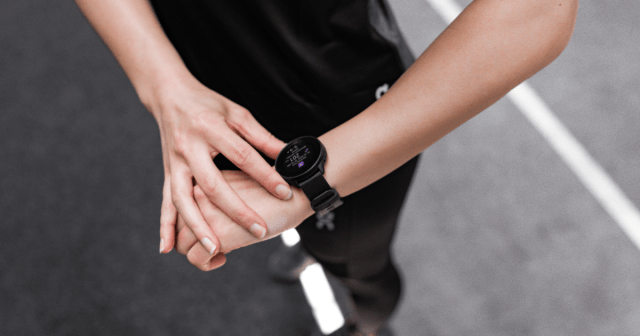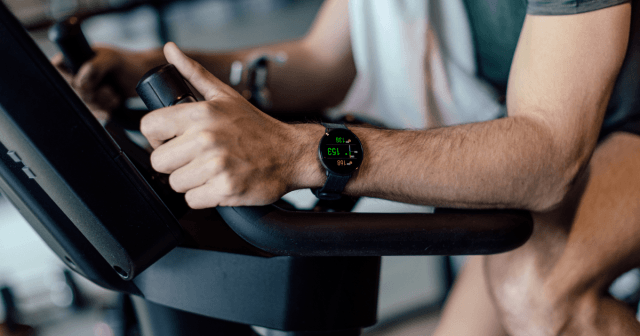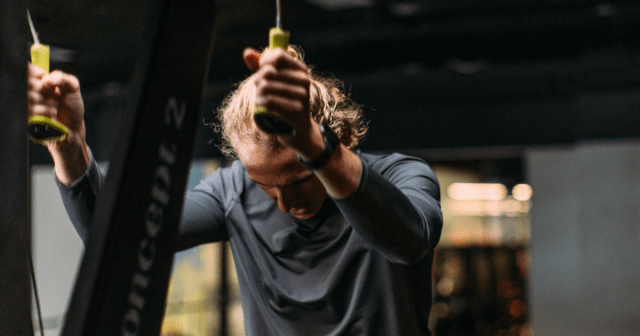As with any significant changes to your diet, it’s always best to speak to a professional to ensure you’re making the best choices for your body. So, when it comes to macros for building muscle, where is a good place to start?
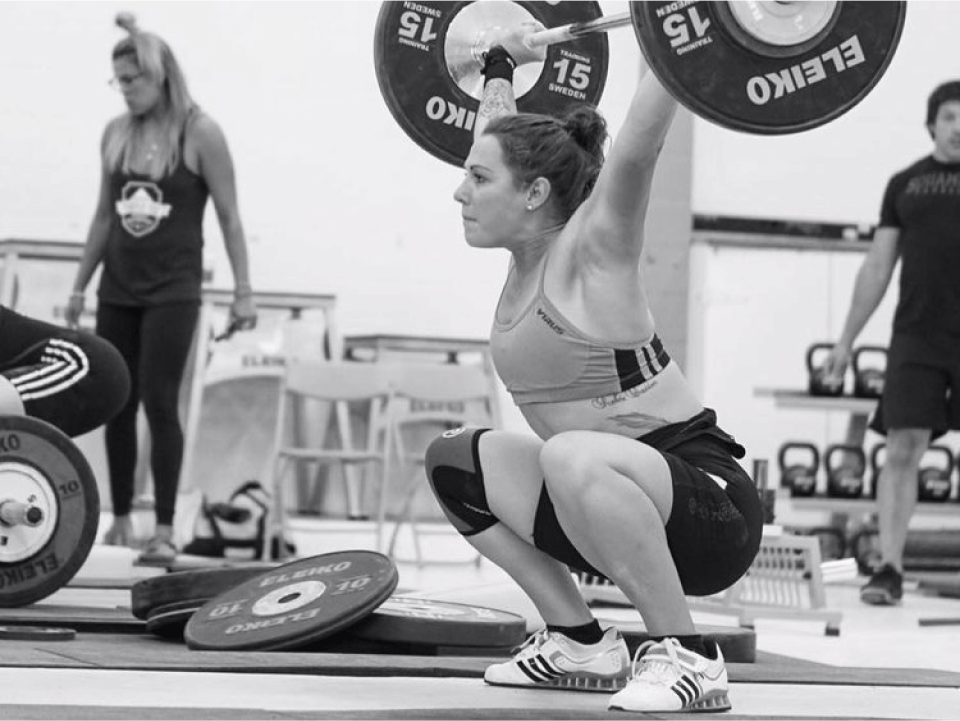
We chatted with Katrina Borg, Lead Nutritionist at Married to My Macros, about what exactly macro eating is, how to count them, and the best way for you to get started before trying to bulk up.
What are macros?
We’ve got our three main macros, which are carbs, proteins, and fats.
Our carbs are typically slow-acting carbs, like starches, grains, etc. We’ve also got veggies and fruits thrown in there, things that tend to be sweet, sugars, those sort of items.
Then we’ve got our proteins, which we often default to animal-based proteins, but of course, we’ve got foods like soy and spirulina, as well as fish.
Then our fats are going to be kind of our nuts, seeds, oil, and butters. We find that fats can be a component of foods as well as just the primary macro making up the whole food. Whereas with carbs and proteins, we can see them occur in isolation or combination.
You’ve mentioned tofu and spirulina. So you can macro eat even if you are veggie or vegan?
100%, you can. I would say that depending on your goals, it’s certainly going to be easier if you’re using animal-based protein. But if you’re not eating them for whatever reason, you can absolutely still hit your desired intake with plant-based proteins. It probably requires a bit more pre-planning, and you’re going to have to become quite adept at knowing what foods are a good source of protein.
The one caveat I would say with eating in a veggie manner is you need to really make sure that for those plant-based protein sources, you’re having a good mixture of them. Otherwise, you don’t get the full amino acid profile that you need to build muscle.
You can’t just be eating oats all day or a boatload of beans – that’s not going to get you to your goal. You want to maybe combine rice and beans and different veggies to hit that full profile. You need to eat a good variety.
Why are macros essential to your diet if you’re trying to build muscle?
What we see is people will, when they’re trying to build muscle, aim for a little bit of a caloric surplus, which is totally appropriate. But if you’ve not got the correct components of that caloric surplus, you’re unlikely to put on muscle and much more likely to put on fat.
So, what we need is we need a good amount of that protein in order to build that muscle tissue. Protein does serve some other functions in the body, but it’s super vital for building muscle.
In addition, we need some carbohydrates alongside that protein because the carbohydrate is going to give us the energy to be able to push ourselves in the gym and create a stimulus that will actually allow us to build that muscle.
Then it’s pretty difficult to get an appropriate caloric intake without including some high-quality fats in there as well. So, they each play a slightly different role, but all are integral for building muscle.
Can you build muscle without protein?
No, you can’t.
How do you count macros?
There are a lot of different ways to do it. We might simply with getting someone to visually look at their plate and ask, “can I see an identifiable protein source? Can I see something like a piece of meat or a piece of fish or some tofu on there?” If I can’t clearly identify that, then I don’t have protein.
Now, once we’ve graduated past that and we’re looking at actually counting the macros up, what we look at is totalling the amount of our caloric intake by macros. With proteins and carbs, for each gram of those items, you’re going to clock four calories. Fats are a little bit higher; they’re going to be worth nine.
So, when we look at our food sources, we can break them down and determine how many calories and how many of each macro is in them. We look at a piece of chicken breast that’s about 200 grams or about the size of your palm. We’re going to get about 40 grams of protein in there. What we do is add up our intake throughout the day to achieve our desired protein intake.
Also, you can use an app like My Fitness Pal or My Macros+ to help you with that.
Are those apps macro calculators?
They are a little bit different from the macro calculators, which are used to help you determine how much of any given macro that you need based on your activity, your body size, your gender, your age, etc.
MyFitnessPal, My Macros+, or any of those apps are really great. You can search for food, select your item, see how many grams of each macronutrient are in them, and you populate a menu for the day so you can see what your total intake has been.
Why are macro targets different for men and women?
It’s not that men and women have different needs necessarily in the proportions, but they have different total intake needs. And so that’s going to split apart differently.
Predominantly, it’s a size-based thing. Typically, with our clients, what we do is if they’re really looking to build muscle, we’d probably put them on about two to 2.2 grams of protein per kilo of their body weight. And so obviously, with a man, that’s going to be quite a bit higher than with a woman.
Now, if you are looking to build muscle but you’re doing things outside of just resistance training, we might also need to augment your protein goal for that.
You mentioned they differ by age group as well. Is there a differing need, for example, for someone who is 50+ and wants to do strength training for the first time?
I would actually tend to put my older clients on a higher protein intake. They need a little bit more just for baseline health, not even getting into muscle building.
It’s going to be much harder for them to build muscle because of the hormonal changes that come with aging. So, we tend to run them a little bit on the higher end of the spectrum.
Does macro eating and strength training mean you’ll immediately start to bulk up?
No, I wish. It’s going to be a slow and steady approach. You need consistency with your intake and your training over time that is going to yield those results. If it were so easy as eating 2.2 grams of protein a day at a perfect caloric level, we’d all be walking around with six-packs.
What is an essential piece of advice you would give to someone who’s about to start macro eating?
Know what you’re doing now so that you know what changes you need to make. That could be starting to track a few days of what your typical daily intake looks like currently and see how you map out in terms of your macros. See how many carbs you’re eating relative to your protein before you attempt to change your diet.
What most people will find is that they need to push their protein intake up, but that might not be true for everyone. So, if you don’t know what you’re doing now, how do you know where you need to go?
Once you’ve established where you’re at, and you’ve started to make some tweaks and changes to your diet, give that some time to work. Give it a couple of weeks. Don’t wait a week and say, “oh, I haven’t grown huge biceps. This obviously isn’t working right,” because more is not always better either.
The idea is not to eat as much protein as you possibly can and expect that you’re going to get these great results. There is an upper limit.
So, know what you’re doing now, make a couple of key changes and give it time.
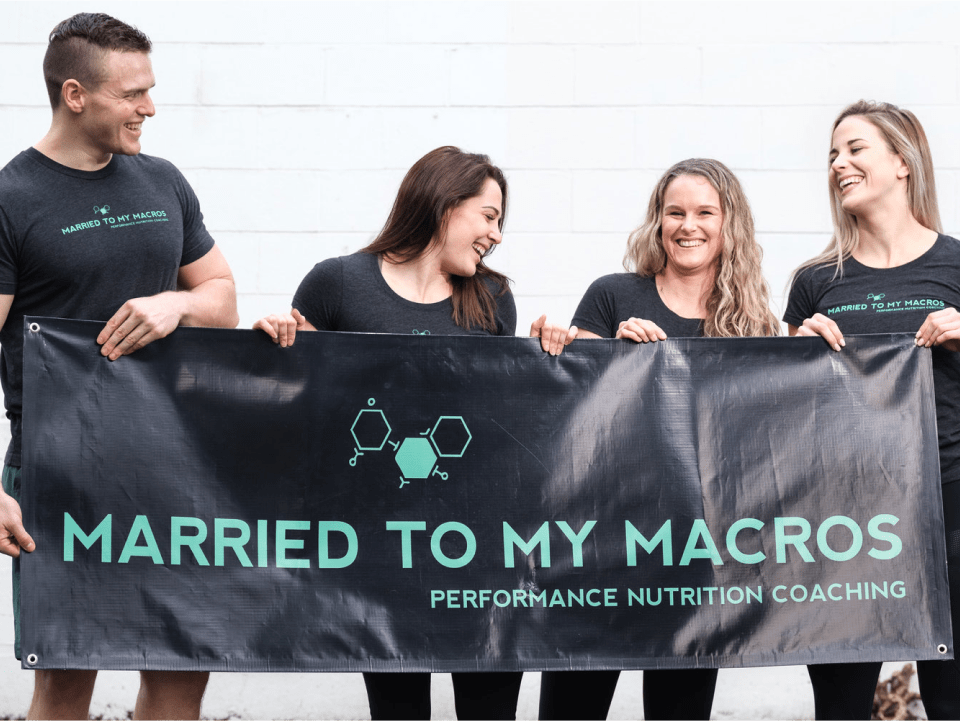
Your coaching name, Married to My Macros, sounds very committed to macro eating. How did you get started?
I started on a personal level back when I was in Canada. I was competing in Olympic weight lifting and thought that I could really do quite well if I dropped a weight class. I started fiddling around with my own diet and doing some of my certifications. I’ve since gone on to complete my Masters in Nutrition and Human Performance.
In the beginning, I was absolutely very rigidly adherent to my macros. I would say the name now is a bit more tongue in cheek because what we found after working with thousands of clients over the years is you can achieve those really good results without being completely dialed into your phone or an app all the time. There’s more than one way to go about it. I think macro counting is a fantastic tool, but if it doesn’t work for you personally, there are a million other ways to go about it.
You have some great macro recipes on your website. What is one of your favorites?
There is a chicken casserole recipe that my husband and I ate every day for about 12 weeks! So that one is probably my personal favorite. I love a good casserole.
I would also say the three-ingredient protein pancakes. They’re probably our biggest hit. Everyone’s always looking for that high-protein breakfast.
If you liked this post, don’t forget to share so that others can find it, too.
Or give it a thumbs up!
I like this article
Please note that the information provided in the Polar Blog articles cannot replace individual advice from health professionals. Please consult your physician before starting a new fitness program.

